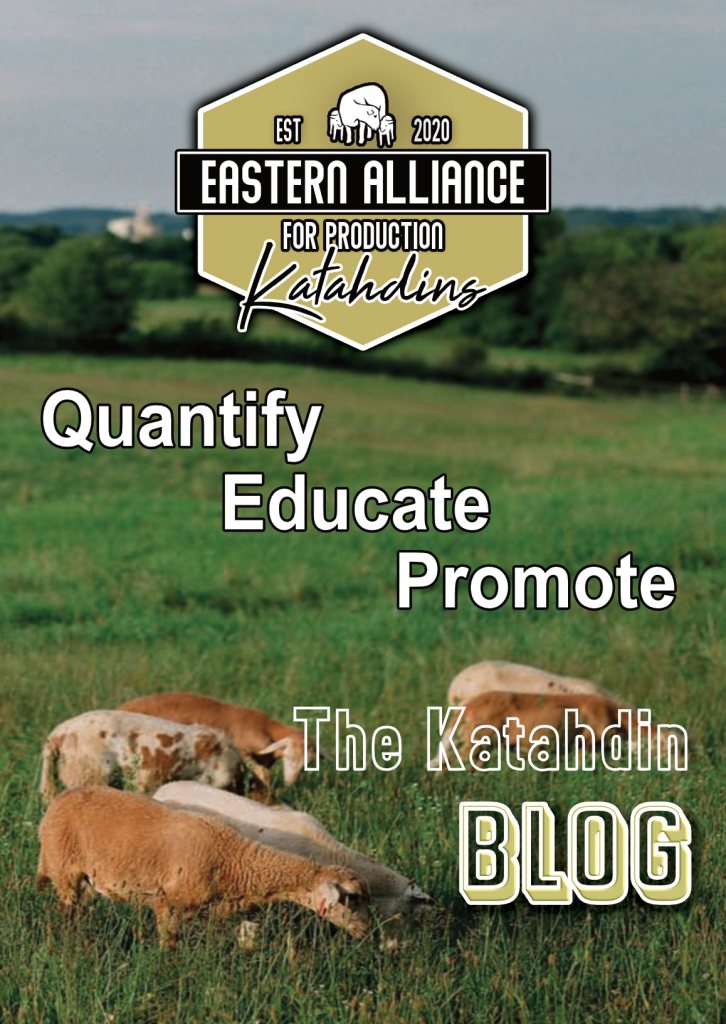Small Flock Pasture Management
At weaning time, you will need your best pastures in tip top shape for your lambs to continue growing. Your free input resource must be managed throughout the late spring and summer. This can be challenging with limited equipment and modest grazing space. Rotational grazing techniques are helpful and can be complimented with proactive


